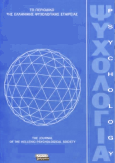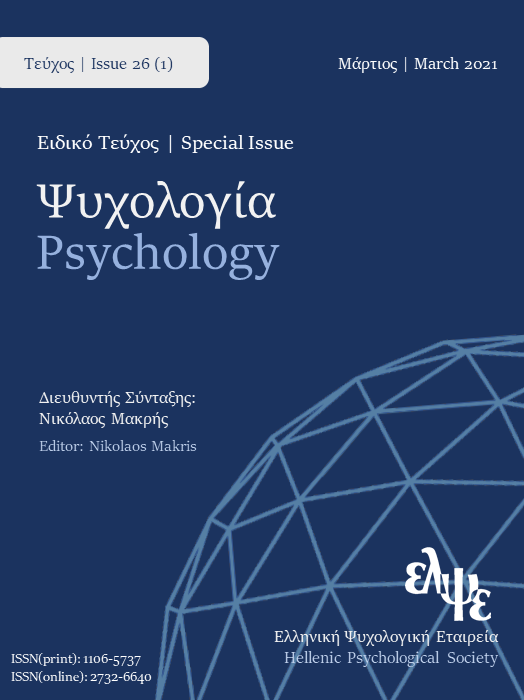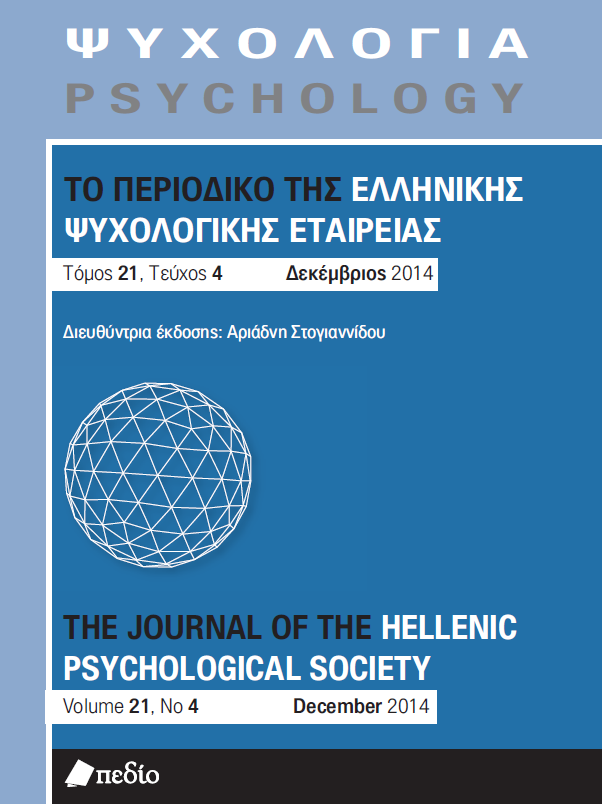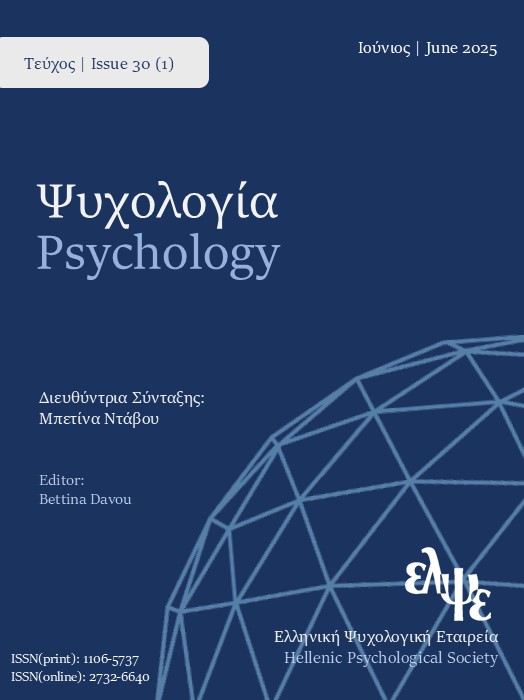The emergence of protowords: empirical evidence on the gradual convergence of parameters of wordiness

Abstract
Research on the emergence of “protowords” at the end of infancy stumbles upon methodological and theoretical problems. Since the early traces of words are sparse, unstable and, partly at least, of indeterminable meaning and idiosyncratic form, it is difficult to even record them, much more describe them with theoretical tools that are appropriate for adult words. If indeed development is a long-term, gradual and multidimensional process, as some theoretical approaches claim, a question is raised as to which properties constitute an utterance linguistic, how they converge and more generally how greater degrees of wordiness develop. The present study contributes to the discussion through a microgenetic analysis of two children’s utterances who were videotaped weekly between 8 and 24 months. Α total of 14.357 utterances were coded in terms of three parameters: phonoprosodic shape, relevance to the situation of use and conventionality. Their developmental pattern turned out to be similar for both children, in spite of some interesting divergences. Utterances with or without the above properties of wordiness coexist, although the former dramatically increase with time. Phonoprosodic shape has already emerged at 8 months and relevance of use at 9 months, followed very soon by the convergence of these two parameters. Shortly after, conventionality appears, even though it lags behind in the end. We argue that the data support theories which claim a gradual and multidimensional transition from prelinguistic to linguistic utterances.
Article Details
- How to Cite
-
Karousou, A., Katis, D., & Stambouliadou, C. (2008). The emergence of protowords: empirical evidence on the gradual convergence of parameters of wordiness. Psychology: The Journal of the Hellenic Psychological Society, 15(2), 119–138. https://doi.org/10.12681/psy_hps.23833
- Issue
- Vol. 15 No. 2 (2008)
- Section
- RESEARCH PAPERS

This work is licensed under a Creative Commons Attribution-ShareAlike 4.0 International License.
The journal PSYCHOLOGY adopts a Platinum open-access policy. Submission, processing or publication costs are waived by the Hellenic Psychological Society. Papers published in the journal PSYCHOLOGY are licensed under a 'Creative Commons Attribution-ShareAlike 4.0 International' licence. The authors reserve the copyright of their work and grant the journal the right of its first publication. Third-party licensees are allowed to use the published paper immediately after publication as they wish, provided they retain the defined by the license copyright formalities, regarding the reference to its author(s) and its initial publication in the journal PSYCHOLOGY. Moreover, any adjusted work should be shared under the same reuse rights, so with the same CC license.






